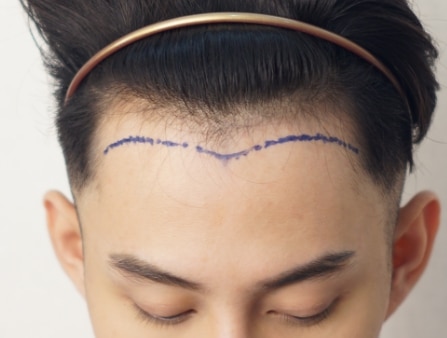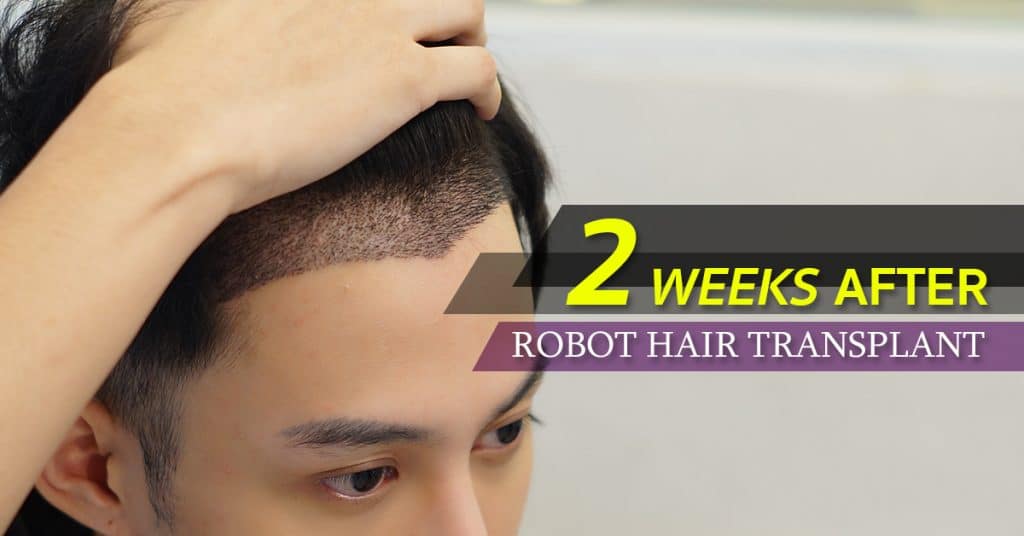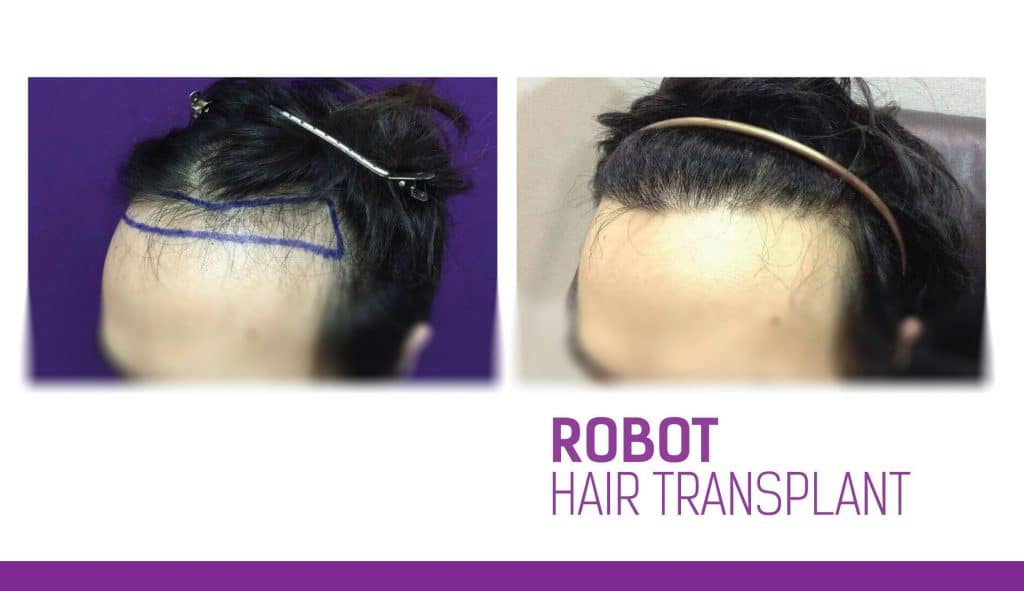If you’re looking to restore your hair, now there’s another new technology out there to add to your current choices. But whether it’s going to be the option suitable for you or not, it’s best to first identify the cause of your hair loss, discuss with your doctor the results you’re expecting and weigh your options.

What were the previously available hair restoration options?
In many cases, hair growth resumes without the need for any treatment. If that’s not happening to you, quite a few treatment options can help promote hair growth. You can begin with protein-based vitamins and serums. Hair loss serums are high in concentrations of botanical extracts, natural antioxidants, natural vitamins and enzymes, which help improve the appearance of the hair and stimulate hair growth making it thicker and fuller.
If that does not work then topical medication like minoxidil lotion may help to slow down the hair fall rate, or a more effective hair restoration technique called Meso-therapy. This procedure involves injecting growth factors and poly-vitamins directly under the scalp. It only takes about 30 minutes per sitting but you may require getting it done once a week for about six to seven times, followed by maintenance treatments but the results are quite prominent.
There’s also the option of cell therapy in which we remove about 20ml of blood, then put it into a centrifuge and spin for a few minutes. The stem cells go to the bottom of the test tube and are collected. Then an activation solution made up of natural proteins is added to turn on the stem cells. This solution is then rinsed off so that only the stem cells remain to be used to directly inject into the dermis of the scalp, near the hair follicle and supporting tissue. This method is believed to stimulate hair growth but there is no solid medical evidence to support it.
If none of the above works for you, then you can opt for a surgical option and get a hair transplant.
How’s a hair transplant performed?
Before the Robotic hair transplant recently got an FDA approval, a traditional hair transplant was done. In a hair transplant, follicle units or groups of one or four hairs from one part of the body are removed under local anesthesia with tiny punches of between 0.6mm and 1.25mm in diameter or by taking out the whole strip from the back and stitching them back up. These follicles are then reinserted back into the scalp in the thinning or bald area using a micro blade. This procedure can dense back thinning areas with as many as 40 to 60 follicular unit grafts per square centimetre.
How’s the new technology, Robotic hair transplant, any better?
When performing a follicle unit extraction, which is the type of transplant I explained above, removing units of hair has always proved to be the toughest part of this method. It could take several hours or even multiple sessions to punch out the tiny follicle units needed for a natural looking hair transplant. The machine can help speed up the process in a more accurate manner.
Trending: Hair treatments guidance from Dr. William Yates MD.
Another problem is that it’s very difficult to correctly place the follicular unit graft in the recipient area to give a natural appearance. The robot changes that. It has an arm that is able to insert the follicular unit onto a scalp more accurately using better quality of hair. This gives us doctors a better quality of hair to work with, result in a more natural growth of implant unit. However how the transplant will ultimately look still depends on your doctor’s expertise.
The other advantages of this new technology are that it is the least invasive of its kind, meaning there are no scalpel incisions, sutures or linear scars, making it a surgery with less pain and fastest recovery time. You can go back to work the very next day. Also, since no scars are involved, you do not need to worry about the tightening and pain on the scar area.
How much does a Procedure Cost?
The cost of the procedure depends on the number of grafts and the complexity of the area to be transplanted. All costs quoted include check-ups and post-operative medications. Repair cases are complex and a speciality at the clinic. Due to the challenging nature of corrective surgery we have to examine patients in detail before providing a cost estimate.
How many procedures do I need?
The number of procedures required depends on your goals, your present level of hair loss and how this changes in the future. The majority of patients require 2 procedures in their lifetime.
How long before I see the results?
The transplanted hair will begin to shed at 2 weeks post procedure and will then take a further 2-4 months to start re-growing. At around the 6 month stage we expect the regrowth to be at the half way stage and the final result is achieved at 12-14 months. The progress can vary and we recommend you attend the 6 month check up to review progress.
How long does it take?
A Robot hair transplant can be undergone in either one long session, or several smaller sessions. It tends to be more time consuming than strip surgery, but does not leave the obvious and typical scars that strip surgery does.
The length of time for a procedure can vary, but it usually depends on how many grafts are needed. A smaller procedure, where only around 500-1,000 grafts are needed, can be completed in 4 hours. However, a larger procedure of around 2,500 to 3,000 grafts will require a session that stretches over 6-8 hrs.
How long does it take to recover?
Unlike strip surgery, Robot hair transplantation does not require large areas of the scalp to be harvested. There is also no linear incision on the back of the head, nor does it leave a linear scar.
As individual follicles are removed, it only leaves small, puncture scars, which are practically invisible to the naked eye. There is hardly any post-surgical pain and discomfort – with the average recovery time being less than 2-3 days.
How long do results last?
Once you have undergone Robot hair transplant, the results are permanent. While the initial transplanted hair will shed a few weeks after treatment, it will grow back strong and healthy.
Hair Transplant Bangkok. Hair Transplant near me. Best Hair transplant clinic in Thailand. Fue hair Transplant. Hair Transplant Before and After. Hair Transplant Cost. best hair transplant bangkok.hair transplant before and after 3000 grafts.

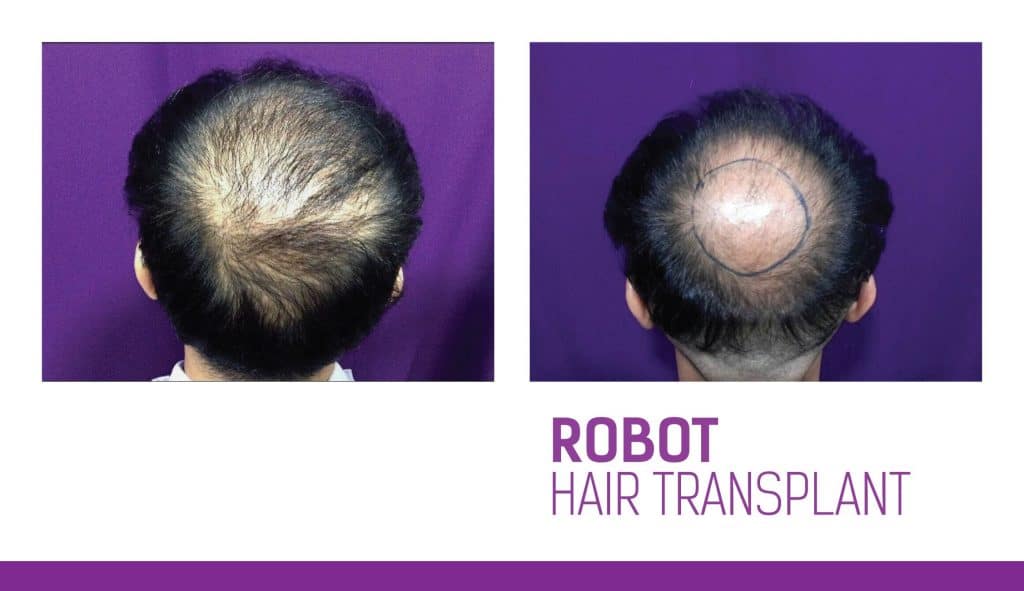
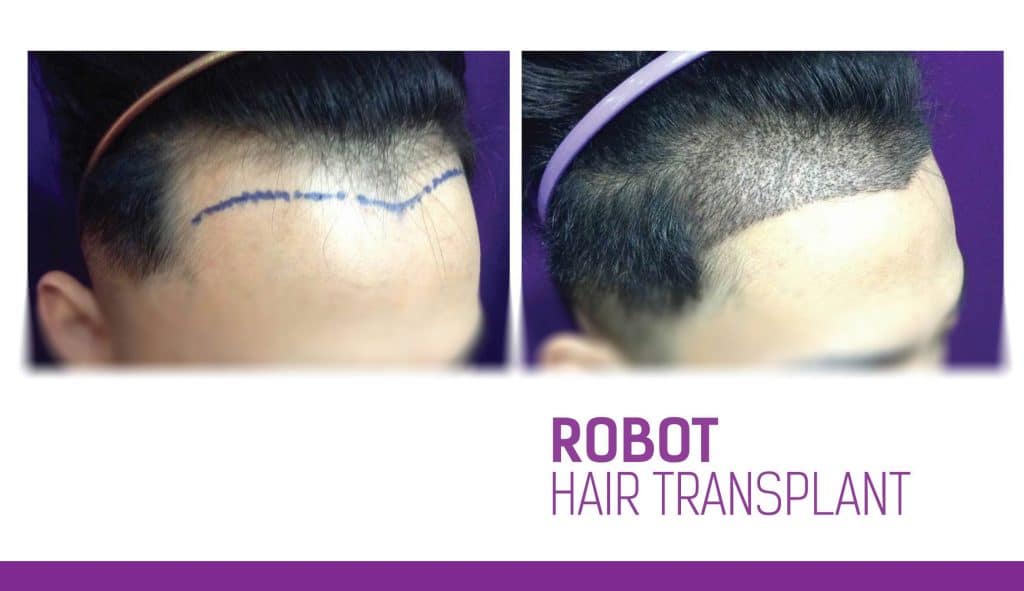
Robotic hair transplant
for further information, please contact our call center
LINE. @apexhaircenter
Tel. 0805000123
Whatsapp. 0805002001
fb massager. apexbeautyglobal
Email. [email protected]
Read more: Review 2 years after Robotic Hair Transplant
#Hair Transplant Bangkok #Hair Transplant near me #Best Hair transplant clinic in Thailand #Fue hair Transplant #Hair Transplant Before and After #Hair Transplant Cost #best hair transplant bangkok #hair transplant before and after 3000 grafts

